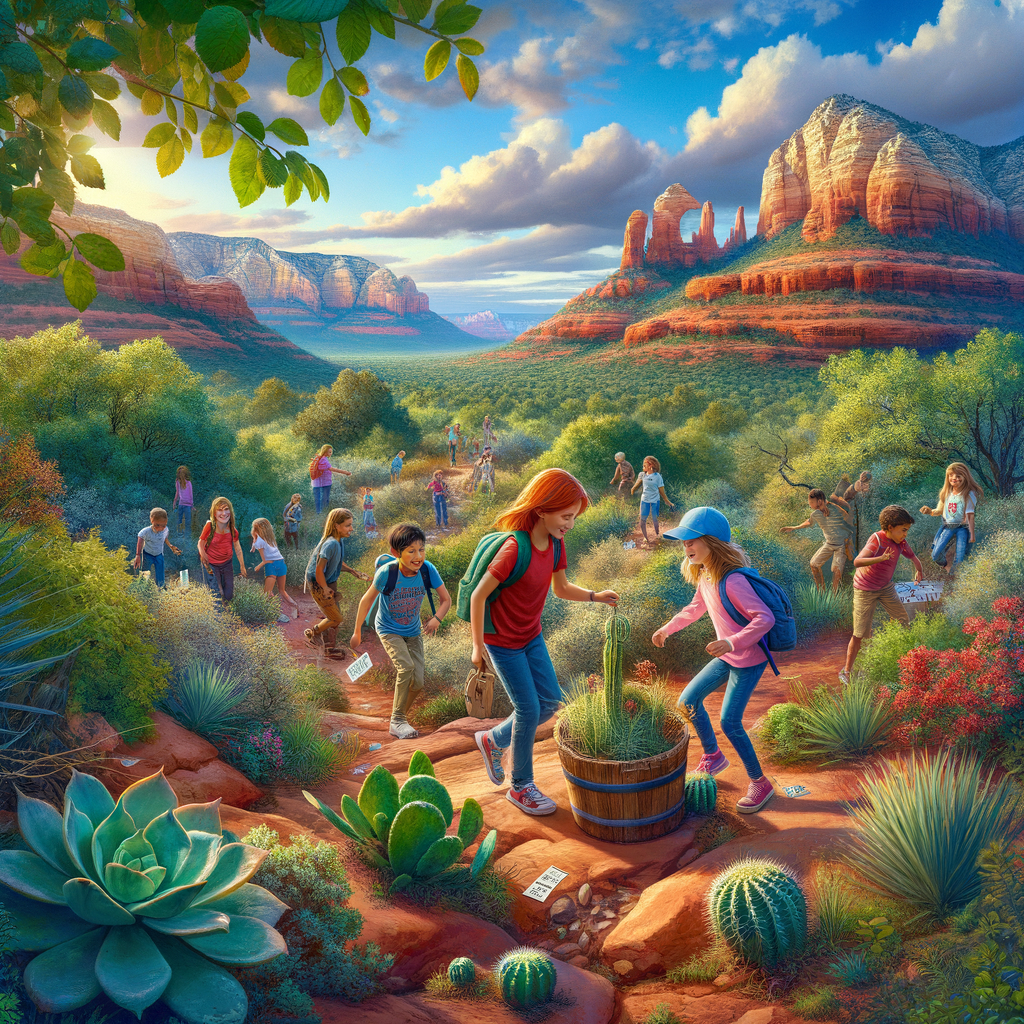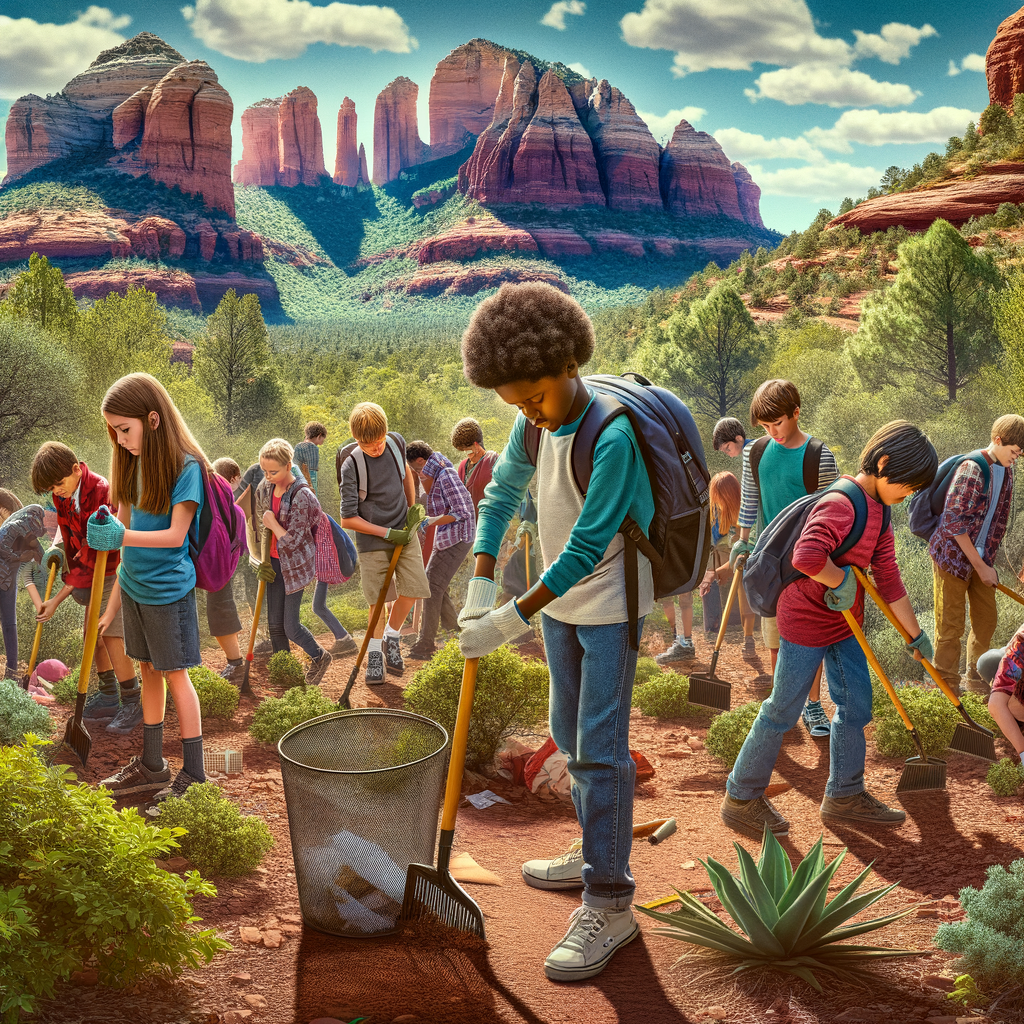Engaging Nature Scavenger Hunts for Children’s Outdoor Exploration
“`html
Nature Scavenger Hunt: Fun & Education for Kids
What is a Nature Scavenger Hunt?
A Nature Scavenger Hunt is an adventurous and interactive activity that encourages children to immerse themselves in the great outdoors. Essentially, it involves creating a list of natural items that kids need to find during a walk in parks, forests, or even their backyards. Think of it as a treasure hunt but instead of gold or jewels, the children are on the lookout for leaves, flowers, or interesting rocks.
This activity is particularly valuable because it fosters curiosity and exploration. Kids get a chance to connect with nature on a deeper level, and every item they find can spark discussions about the environment and wildlife. There’s something magical about finding a pinecone or spotting a ladybug and being able to share the excitement with friends or family.
Benefits of Scavenger Hunts for Kids
Participating in a nature scavenger hunt offers numerous benefits that extend beyond just outdoor fun. First off, scavenger hunts promote physical activity. Kids will be running around, climbing, and exploring, which helps them burn off that endless energy and stay healthy. In today’s tech-heavy world, it’s essential to encourage children to unplug and enjoy the physical world around them.
Additionally, these hunts can improve observational skills. Children learn to look closely at their surroundings, developing a keen eye for even the smallest details in nature. This heightened awareness translates to improved focus, patience, and potentially better academic performance. Who knew a simple hunt could teach so much?
Preparing for the Scavenger Hunt
Planning your nature scavenger hunt can be just as fun as the hunt itself. Start with selecting a location that has a rich variety of natural elements. This could be a local park, nature reserve, or any outdoor space where children can explore freely. Make sure it’s safe and has clearly defined boundaries to give both the kids and parents peace of mind.
Next, create a scavenger hunt list. Include common items to find like pinecones, specific types of leaves, and colorful flowers. You might also want to include some unique finds, such as specific birds, insects, or even animal tracks. If you’re feeling creative, turn it into a bingo-style game where they can check off items as they find them. The thrill of ticking items off the list adds to the excitement of the hunt.
Crafting the Scavenger Hunt List
Your scavenger hunt list should be a mix of easy and challenging items to keep everyone engaged. For young children, listing items like a round stone or a green leaf will be perfect. As they grow and learn more, you can introduce more complex items such as different types of flowers or bird species. You can also include descriptions or fun facts about some items to educate them while they play.
Consider making the scavenger hunt personal. You can ask the kids what items they would like to see on the list, or even what their favorite colors are. Customizing the experience makes it more engaging and allows for deeper interactions with nature. Plus, if they have a say in what they’re searching for, they’ll feel more invested in the outcome.
How to Lead the Scavenger Hunt
As the adult or leader of the hunt, your role is pivotal. Set the stage by explaining the rules before diving in. Emphasize safety – remind everyone to be careful where they step, especially in unfamiliar areas, and to respect nature by not picking endangered plants or disturbing wildlife. By fostering a respect for nature, you’re imparting critical values along with the fun.
Encourage teamwork among the children. It’s a great opportunity for them to work together as they search for items. You can even create small teams, giving each team a chance to share their findings at the end. This not only enhances their social skills but also makes the experience more rewarding as they celebrate their shared successes.
Engaging Activities During the Hunt
To keep the energy high and the kids entertained, consider adding engaging activities during the scavenger hunt. For instance, after finding a specific item, they can either sketch it in a nature journal or write a short poem about it. This adds an artistic twist and encourages creativity.
You might also incorporate mini-challenges, like finding the tallest tree or the prettiest flower. Creating little side quests can increase excitement and give the kids something to look forward to as they scour the area. These creative activities can make the scavenger hunt more than just a checklist—it’s a memorable adventure!
Post-Hunt Activities and Reflection
After the scavenger hunt, it’s important to take some time to reflect on the experience. Gather the kids and discuss what they enjoyed the most, their favorite finds, and what surprised them about nature. This can help them process their experience more meaningfully and cultivate a deeper appreciation for the outdoors.
You can also turn it into a craft session! Using the items they collected—like leaves and flowers—let them create a scrapbook or a collage. Engaging in post-hunt activities encourages creativity and serves as a way for the kids to cherish their finds long after the hunt concludes.
Conclusion
Creating a nature scavenger hunt for kids is an exciting way to engage them with the environment while providing educational benefits. The thrill of discovery, combined with the joy of outdoor play, fosters both physical and cognitive development. Plus, it reminds us all of the beauty that nature has to offer.
So, what are you waiting for? Gather your supplies, prepare your scavenger list, and embark on a memorable adventure with your children. A nature scavenger hunt can spark curiosity, offer learning opportunities, and create cherished family memories. Get ready to explore, discover, and enjoy the great outdoors together!
FAQs
What items should I include in a nature scavenger hunt list?
Your list can include items like pinecones, various types of leaves, different colored flowers, interesting rocks, feathers, and even animal tracks. Customize your list based on your location and the age of the children participating.
How do I ensure the safety of the kids during the hunt?
Make sure to set clear boundaries for the area where the scavenger hunt will take place. Emphasize the importance of not wandering too far from the group and being cautious of their surroundings, especially in unfamiliar places.
Can I organize a nature scavenger hunt at any time of the year?
Absolutely! Each season offers unique items to discover. Spring brings flowers, summer offers lush greenery, autumn showcases colorful leaves, and winter might reveal beautiful evergreen needles or even interesting patterns in snow.
How long should a nature scavenger hunt last?
The duration can vary based on the age of the kids and the complexity of the scavenger hunt. Generally, a scavenger hunt can last anywhere from 1 to 2 hours, allowing ample time for exploration without overwhelming younger participants.
What should I do if we can’t find some items on the list?
If you can’t find certain items, don’t stress! Encourage creativity by allowing them to take photos or sketches of similar items or have them describe how they might find those items in a different location. The goal is to enjoy the experience, not just complete the list.
If you are interested in looking into an organized tour for you and your kids, consider visiting our preferred vendor: Sedona Red Rock Adventures.
“`
news via inbox
To be update with all the latest news.




